Shaping the future of reconciliation at College of the Rockies
Executive Director Dana Wesley is working to make systemic change part of campus culture.
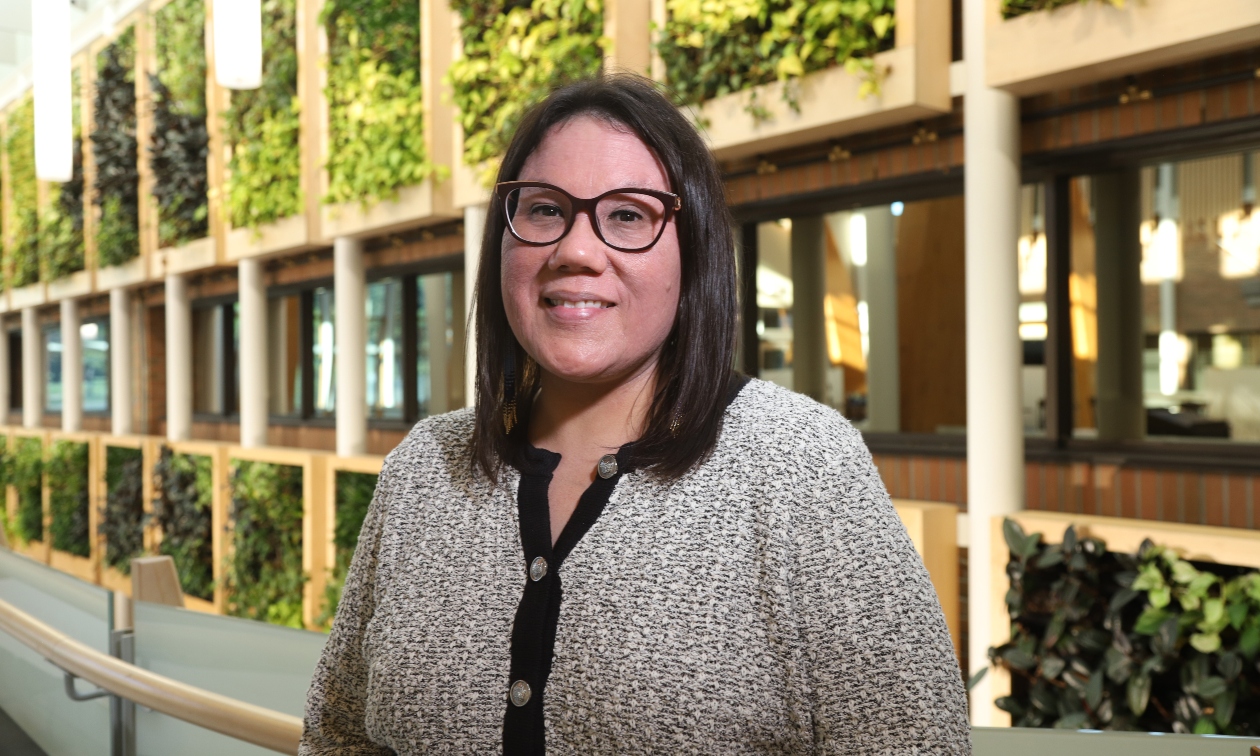
— Photos courtesy Dana Wesley
When Dana Wesley stepped into the role of Executive Director, Indigenous Strategy & Reconciliation at College of the Rockies, she had a vision for the future in mind, and the experience to make it happen. A member of Moose Cree First Nation with a Master of Arts in Gender Studies, Wesley has devoted her career to transforming reconciliation from a concept into a lived practice. She understands that reconciliation is an ongoing, evolving relationship, rather than a checklist. Through her leadership, the College’s approach has evolved from awareness-building to systemic accountability, embedding reconciliation into every level of institutional culture, policy, and governance.
Over the past few years, Wesley has guided the College through a remarkable shift. Initiatives like the launch of the Indigenization Strategy and the formation of the Indigenous Advisory Committee have deepened the College’s commitment to truth and reconciliation in ways that are both meaningful and measurable. From murals co-created with Indigenous artists to policies rooted in Indigenous values, her work ensures that reconciliation is not the responsibility of one office, but a shared, sustainable commitment embraced by the entire institution.
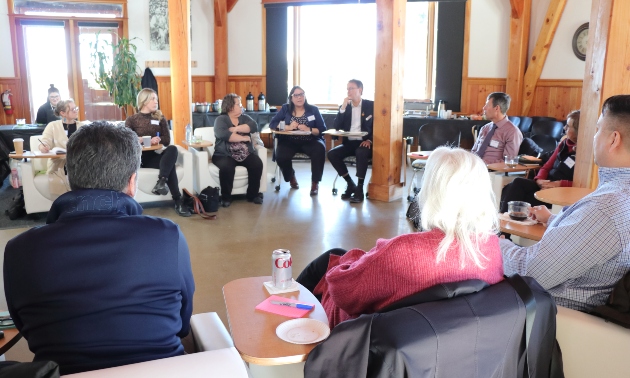
Looking back to when you started as Executive Director of Indigenous Strategy & Reconciliation, how has your vision evolved?
I’ve always envisioned that everyone at the College has a role to play in reconciliation and decolonization—that part hasn’t changed. What has evolved is my understanding of how to bring that vision to life in a sustained, meaningful way. Early on, I was focused on building awareness and engagement. Now, my focus has shifted to embedding accountability and structure, ensuring that reconciliation isn’t dependent on individuals but is built into the systems, policies, and culture of the College.
When we last spoke in 2022, you shared your hopes for including Indigenous values in education. What progress are you most proud of since then?
I am most proud of the relationships that I’ve built within the College (among both students and employees) and with the Indigenous partners who work with us. It takes time and continuous effort to keep showing up so that trust can be built, and momentum can be sustained. I think this commitment to relationship-building shows up in the accomplishments of the last few years, including the launch of our Indigenization Strategy, the creation of our Indigenous Advisory Committee, and the deepening of Indigenous cultural presence on the Cranbrook campus.
What differences have you seen in the institution’s approach to reconciliation over the past few years?
A lot of important work was happening before I joined the College, but it often depended on passionate individuals and wasn’t always sustained when circumstances changed, or other priorities emerged. The creation of my role, Executive Director of Indigenous Strategy and Reconciliation, has allowed for a more coordinated and lasting effort to be put forward. It’s becoming part of the College’s identity and how we define success as an institution.
Are there specific programs or initiatives you’ve launched that you feel have had a significant impact?
The launch of the Indigenization Strategy in September 2025 is a major milestone. It formalizes the College’s commitment to truth and reconciliation and ensures that this work continues to move forward in alignment with our Strategic Plan. It gives us a roadmap that reflects our collective values and priorities, and it clearly outlines how every area of the College can contribute to systemic and lasting change.
Can you share a success story that stands out since you began this role?
The 2024 Lecture Theatre mural created by Ktunaxa artist Darcy Roshau stands out as a powerful example of collaboration and cultural visibility. It was co-created with Indigenous students and Knowledge Holders, and it represents both the spirit of reconciliation and the importance of seeing Indigenous identity reflected across campus.
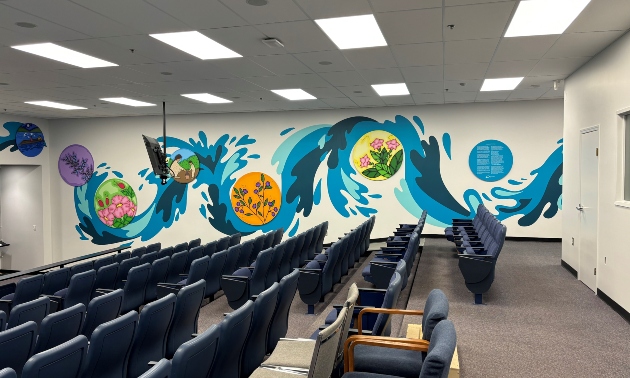
What challenges have you encountered in implementing these strategies, and how have you addressed them?
One of the biggest challenges is that there is no single path toward reconciliation. Every institution, every community, and every person is at a different place in this journey. The challenge is to honour all the commitments we’ve made to truth and reconciliation without a single clear guide for how to get there. What helps is recognizing that there are many people at the College that want to see positive changes. That gives me hope. It takes courage, patience, and consistent effort to decolonize systems that were not built with Indigenous people in mind.
Can you tell us a bit about the Indigenization Strategy that was recently launched?
The Indigenization Strategy provides a roadmap for the College’s journey toward truth and reconciliation. It is structured around five themes: Governance and Policy, Teaching and Learning, Student Supports and Services, Employee Recruitment and Development, and Facilities and Cultural Presence. The goals in each theme connect directly to all the College’s commitments: the College’s Strategic Plan, the Truth and Reconciliation Commission’s Calls to Action, the Indigenous Education Protocol, and the United Nations Declaration on the Rights of Indigenous Peoples. It ensures that our commitments are actionable and responsive to the needs and priorities of Indigenous students, employees, and communities.
How do you build bridges between Indigenous and non-Indigenous communities within the institution?
The creation of the Indigenous Advisory Committee in 2024 was a key step in building meaningful bridges between Indigenous and non-Indigenous communities at the College. It was formed through open dialogue and collaboration with Indigenous partners to ensure their voices have space to be heard at the College. This ongoing relationship-building fosters trust, respect, and shared responsibility in advancing reconciliation.
What role do you see allies playing in advancing reconciliation?
Allies have a crucial role to play. Learning about the history and current realities of Indigenous peoples is a starting point, but true allyship requires ongoing reflection and action. It means using your voice and your influence to create change in your own spheres—whether that’s in the classroom, in leadership, or in everyday interactions.
What advice would you give to leaders in other sectors who want to meaningfully engage in reconciliation?
This work takes time, and there are no shortcuts. Relationships have to be built, and that requires consistency, humility, and a willingness to listen. My advice would be to make sustainable changes. Be open to learning and to being uncomfortable. You won’t have all the answers—and that’s okay. What matters most is that you start, that you keep going, and that you hold yourself and your organization accountable to real, lasting change.
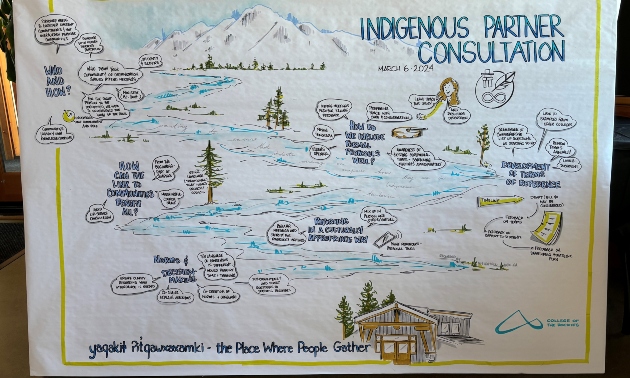

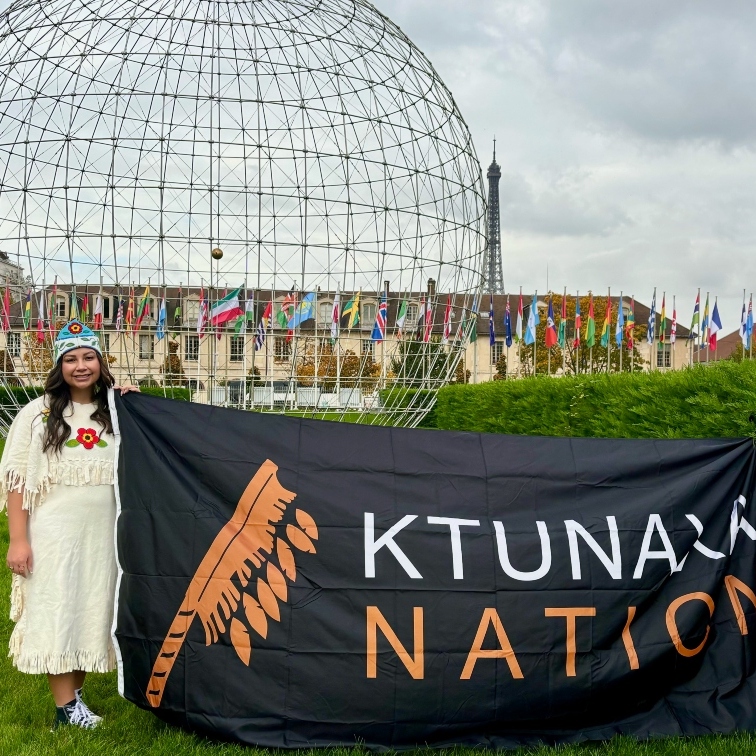
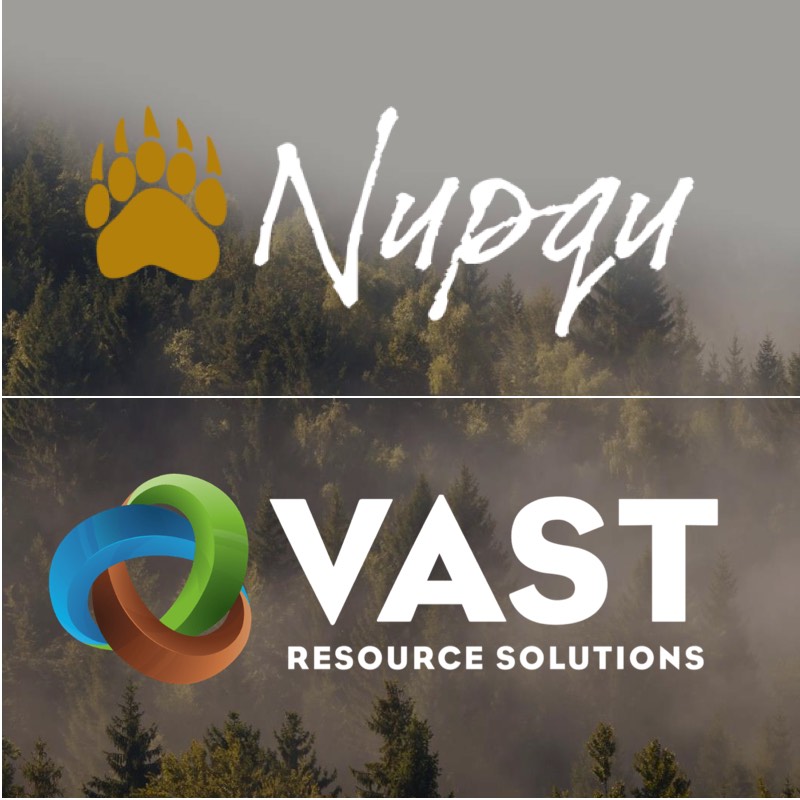
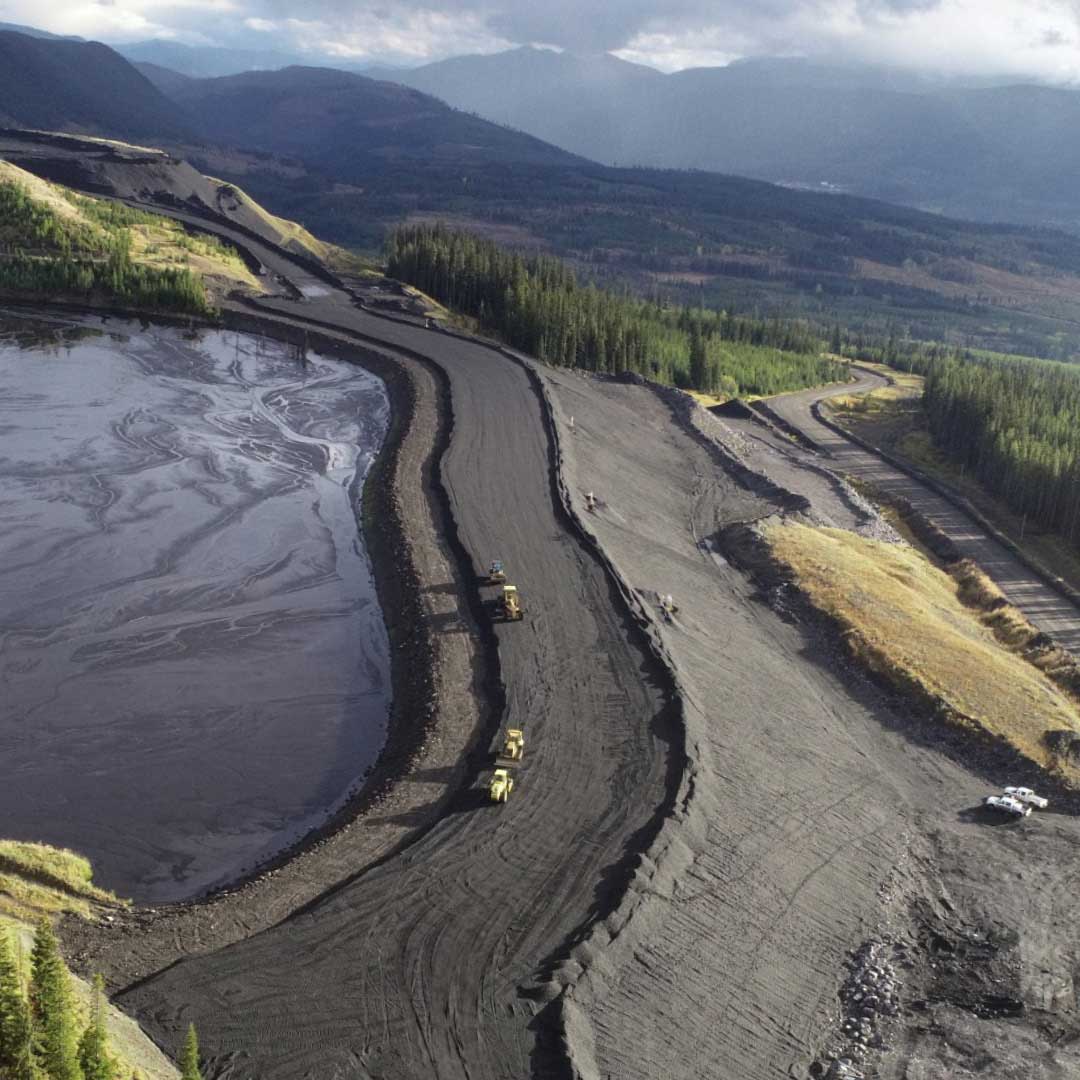

Comments